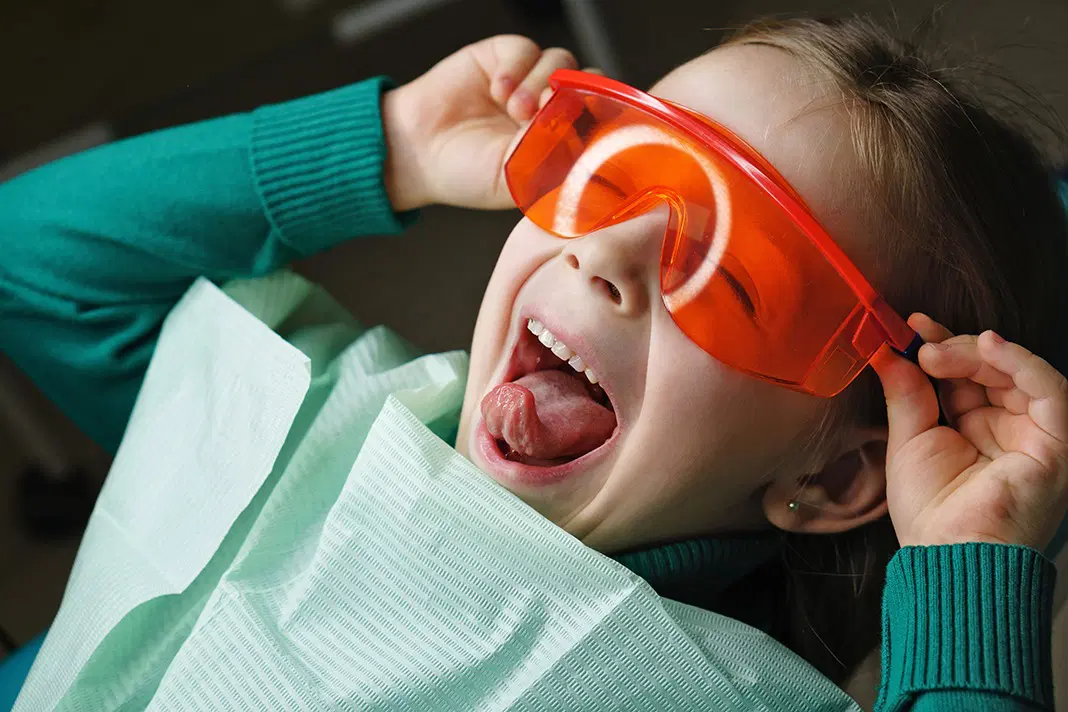Dentistry is an essential branch of medicine that is responsible for maintaining oral health and treating dental problems. Over the years, dentistry has undergone several advancements, making it more accessible, efficient, and patient-friendly. With the advent of technology and new research, the future of dentistry looks bright, promising more significant developments that will revolutionize the field. Top Rated Chapel Hill Dentistry is a reliable and trusted dental practice that provides exceptional oral health care services. In this article, we will explore some of the innovations and trends to watch out for in the future of dentistry.
Digital Dentistry
Digital dentistry is one of the most significant advancements in modern dentistry. This technology involves the use of computer-aided design (CAD) and computer-aided manufacturing (CAM) to design and create dental restorations such as crowns, bridges, and dentures. With digital dentistry, dentists can take digital impressions of a patient’s mouth, eliminating the need for traditional messy impression materials. Digital impressions are more accurate, faster, and more comfortable for the patient.
In addition, digital dentistry has also made it possible to create same-day restorations, which means that patients can walk out of the dental office with a new tooth or set of teeth in a single visit. This technology has greatly improved the patient experience and has made dental treatments more accessible and convenient.
3D Printing
3D printing is another innovation that is transforming dentistry. This technology involves the use of a 3D printer to create dental models, restorations, and implants. 3D printing has several advantages over traditional methods, such as accuracy, speed, and the ability to create complex shapes and designs. This technology has also made it possible to create custom-made dental implants that fit perfectly in a patient’s mouth, reducing the risk of implant failure.
3D printing has also made it possible to print dental models for orthodontic treatments such as braces and clear aligners. With 3D printing, orthodontists can create more accurate and precise models, resulting in better-fitting braces and aligners.
Tele-dentistry
Tele-dentistry is an emerging trend in dentistry that involves the use of technology to provide dental care remotely. This technology allows patients to receive dental consultations, diagnoses, and treatments from the comfort of their homes or offices. Tele-dentistry is especially useful for patients who live in remote areas or have difficulty accessing dental care due to physical disabilities or transportation issues.
Tele-dentistry has also made it possible for dentists to provide virtual consultations, which means that patients can get advice on their dental problems without having to visit a dental office. This technology has greatly improved access to dental care, especially during the COVID-19 pandemic, when social distancing is necessary.
Nanotechnology
Nanotechnology is an emerging field in dentistry that involves the use of particles and molecules that are smaller than human cells to create dental materials. Nanotechnology has several applications in dentistry, such as creating stronger and more durable dental restorations, improving the effectiveness of dental treatments, and enhancing the biocompatibility of dental materials.
Nanotechnology has also made it possible to create self-cleaning dental materials that can resist bacterial growth and reduce the risk of tooth decay. This technology has the potential to revolutionize the field of dentistry by improving the longevity and effectiveness of dental treatments.
Laser Dentistry
Laser dentistry is a relatively new field in dentistry that uses lasers to perform dental treatments. Laser dentistry has several advantages over traditional methods, such as reduced pain, faster healing times, and less bleeding. Laser dentistry can be used for a variety of dental treatments, such as removing tooth decay, treating gum disease, and whitening teeth.
Laser dentistry has also made it possible to perform minimally invasive dental procedures, which means that patients experience less discomfort and a faster recovery time. This technology is especially beneficial for patients who are anxious or have a low pain tolerance.
Artificial Intelligence
Artificial intelligence (AI) is another technology that is transforming dentistry. AI involves the use of computer algorithms to analyze large amounts of data and make predictions or recommendations. In dentistry, AI can be used for several applications, such as identifying oral diseases, analyzing dental X-rays, and developing treatment plans.
AI has also made it possible to create virtual dental assistants that can help dentists with tasks such as patient scheduling, record-keeping, and treatment planning. This technology has the potential to improve the efficiency of dental practices, reduce errors, and improve patient outcomes.
Augmented Reality
Augmented reality (AR) is a technology that overlays digital information onto the real world. In dentistry, AR can be used to create 3D models of a patient’s mouth and show them how their teeth will look after a dental procedure. AR can also be used to educate patients on oral hygiene and show them how to properly brush and floss their teeth.
AR has the potential to improve patient education and engagement, resulting in better oral health outcomes. This technology can also improve the accuracy of dental procedures by providing dentists with a real-time view of a patient’s mouth.
Conclusion
The future of dentistry looks bright, with several innovations and trends that are transforming the field. Digital dentistry, 3D printing, tele-dentistry, nanotechnology, laser dentistry, artificial intelligence, and augmented reality are just some of the technologies that are revolutionizing the way dentists provide dental care.
These technologies have several advantages, such as improved accuracy, faster treatment times, reduced pain and discomfort, and better patient outcomes. As technology continues to advance and research continues to uncover new possibilities, the future of dentistry looks promising, and patients can expect more efficient, effective, and comfortable dental treatments in the years to come.




